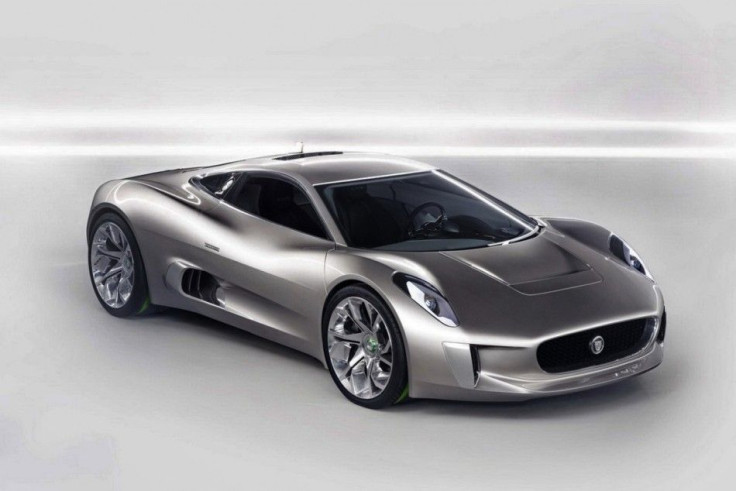
When Jaguar introduced the new C-X75 supercar prototype, it challenged the future of the auto industry. The C-X75 promised an extreme level of performance unmatched by any other supercar when it unveiled a pair of radical Bladon Jet micro gas turbine engines underneath the hood. Unfortunately, it now seems as though the future of the auto industry has no place for the super 'Jaaag.'
The production prototype later featured a turbocharged and supercharged 1.6 liter 4-cylinder engine and a hybrid system that combined to rate beyond 800-hp. With a Group B-like power to displacement ratio and an all-wheel-drive drivetrain, the Jaguar C-X75 claimed a 200mph+ top speed as well as sub 3-second 0-to-60 mph acceleration.
However, Jaguar was particularly concerned of the C-X75's $1 million price tag when it's scheduled to hit the market in 2014. Upon further deliberation, Jaguar finally decided it was best to scrap its supercar project.
Jaguar global brand director Adrian Hallmark confirmed the cancellation of the Britsh hybrid supercar due to challenges in the global economy.
Speaking with "AutoCar," Adrian Hallmark said, "We feel we could make the car work, but looking at the global austerity measures in place now, it seems the wrong time to launch an £800,000 to £1 million supercar." During the discussion, Hallmark also admits that Jaguar will concentrate its resources to improving its mainstream line-up.
That said, Jaguar will complete the production of its only five fully functional C-X75 supercars. Three of the five will be privately sold at an auction while the remaining two will remain with Jaguar. The first will be safely stored in a Jaguar museum while the final example will be used for Jaguar demonstration purposes in select PR events.
Frankly, the specs and details on the Jaguar C-X75 supercar never seemed realistic so Jaguar's announcement should not come as a big suprise. That said, the efforts of Jaguar's engineers on the C-X75 were not in vain either. The radical supercar project allowed Jaguar to push the fringes of engine technology with a hybrid system mated to a remarkably tiny 1.6 liter dual-inducted power plant. What's more, the Formula 1 specialists at Williams helped Jaguar design its Carbon fiber chassis.
According to Adrian Hallmark, 60 percent of the car's technology will be significantly applied in Jaguar's future models.




